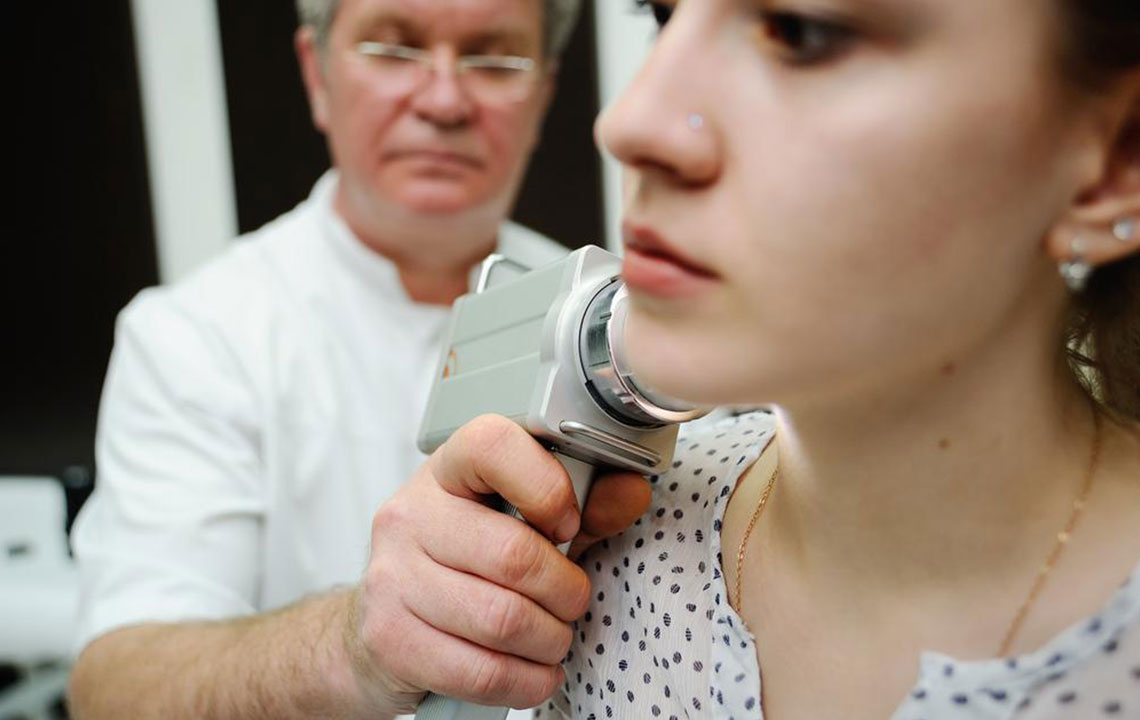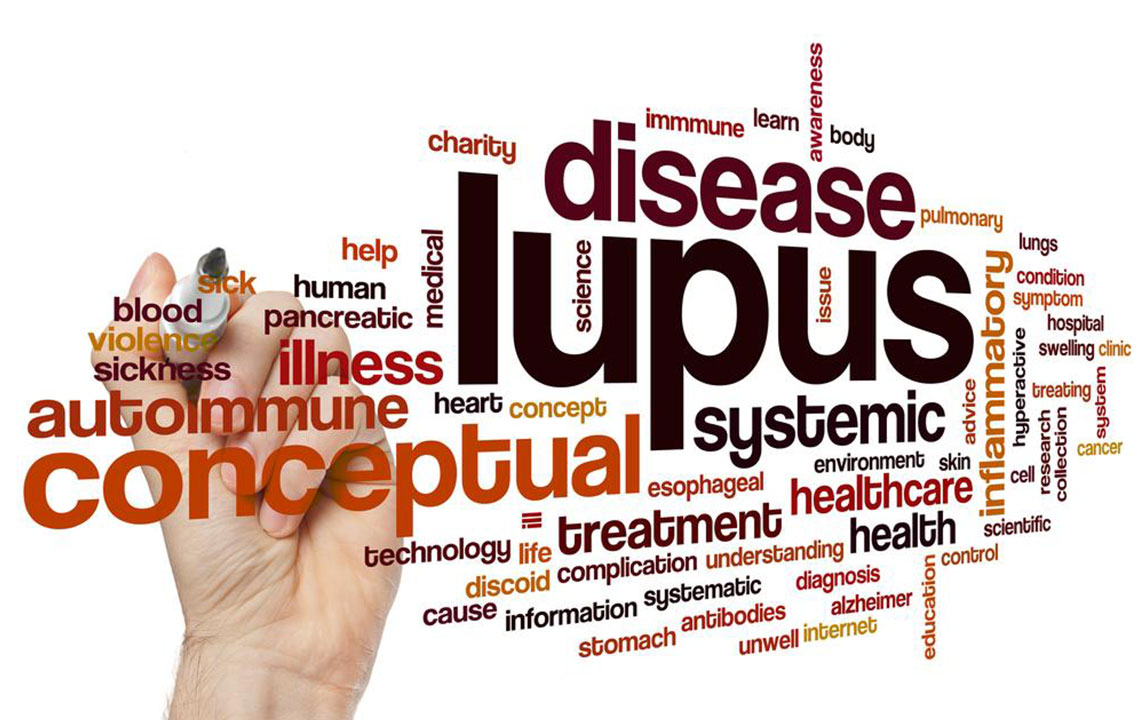Recognizing Early Signs of Lupus: Key Symptoms to Identify
Early detection of lupus is vital for effective management. This article outlines common initial symptoms such as rash, joint pain, fatigue, and more. Recognizing these signs promptly can lead to earlier diagnosis and treatment, improving quality of life for patients. Lupus’s subtle and varied symptoms often mimic other conditions, making awareness crucial. Understanding these key indicators helps individuals seek medical advice sooner, potentially preventing severe complications. Regular checkups and attention to early signs are essential for managing this chronic autoimmune disease effectively.

Recognizing Early Signs of Lupus: Key Symptoms to Identify
Lupus is a complex autoimmune disease that can significantly impact health. Early detection of its initial symptoms is essential for timely treatment. It encompasses a range of autoimmune disorders, where the immune system mistakenly attacks the body's own tissues. The most common and severe form is Systemic Lupus Erythematosus.
Initial lupus symptoms vary widely since inflammation affects multiple organs like joints, skin, heart, kidneys, and lungs, making diagnosis challenging.
These early symptoms are often subtle, leading to misdiagnosis or delayed recognition, as they mimic other conditions. Lupus typically begins in young adulthood or late adolescence, with some cases appearing in the 30s. Women are more frequently affected than men.
People with lupus may experience flare-ups and remission periods, lasting months or years, making it easier to overlook initial warning signs.
Initial Signs of Lupus
The symptoms can differ depending on the affected body parts.
Common early indicators include:
Fever
Joint discomfort
Persistent fatigue
General malaise
Hair thinning
Swollen lymph nodes
Light sensitivity
Additional Symptoms
Butterfly-shaped rash
This distinctive red rash appears across the cheeks and nose, resembling butterfly wings and worsens with sun exposure. It’s a hallmark of lupus but may not always appear.
Ulcers in mouth or nose
Painful ulcers can develop in the mouth or nasal passages. Lupus-related saliva reduction can cause dry mouth and ulcers.
Hair loss or thinning
Hair thinning, often one of the earliest signs, can affect the scalp and other body areas, resulting in brittle, dry, or patchy hair loss.
Fatigue
Fatigue is a common yet nonspecific symptom caused by widespread inflammation, affecting about 90% of lupus patients, sometimes severely impacting daily life.
Recurrent infections
Since lupus impairs immune function, patients may experience frequent infections, which can be an initial warning sign.
Joint issues
Persistent joint pain and stiffness, especially in the mornings, can precede other symptoms. Many sufferers develop arthritis-like joint problems.
95% of lupus patients report joint discomfort similar to arthritis.
Cold sensitivity
The fingers and toes may turn blue or experience pain in response to cold or stress, known as Raynaud’s phenomenon.
Breathing discomfort
Inflammation affecting lungs and blood vessels can cause chest pain or a burning sensation during breathing—an early sign of systemic involvement.
Kidney inflammation
Serious kidney symptoms include swelling, dark or bloody urine, and blood pressure issues. Recognizing these signs early is crucial, especially for those with family history or susceptibility. Though incurable, lupus management through medication and medical support can reduce severity. Prompt diagnosis and treatment upon initial symptoms are vital for better outcomes.










